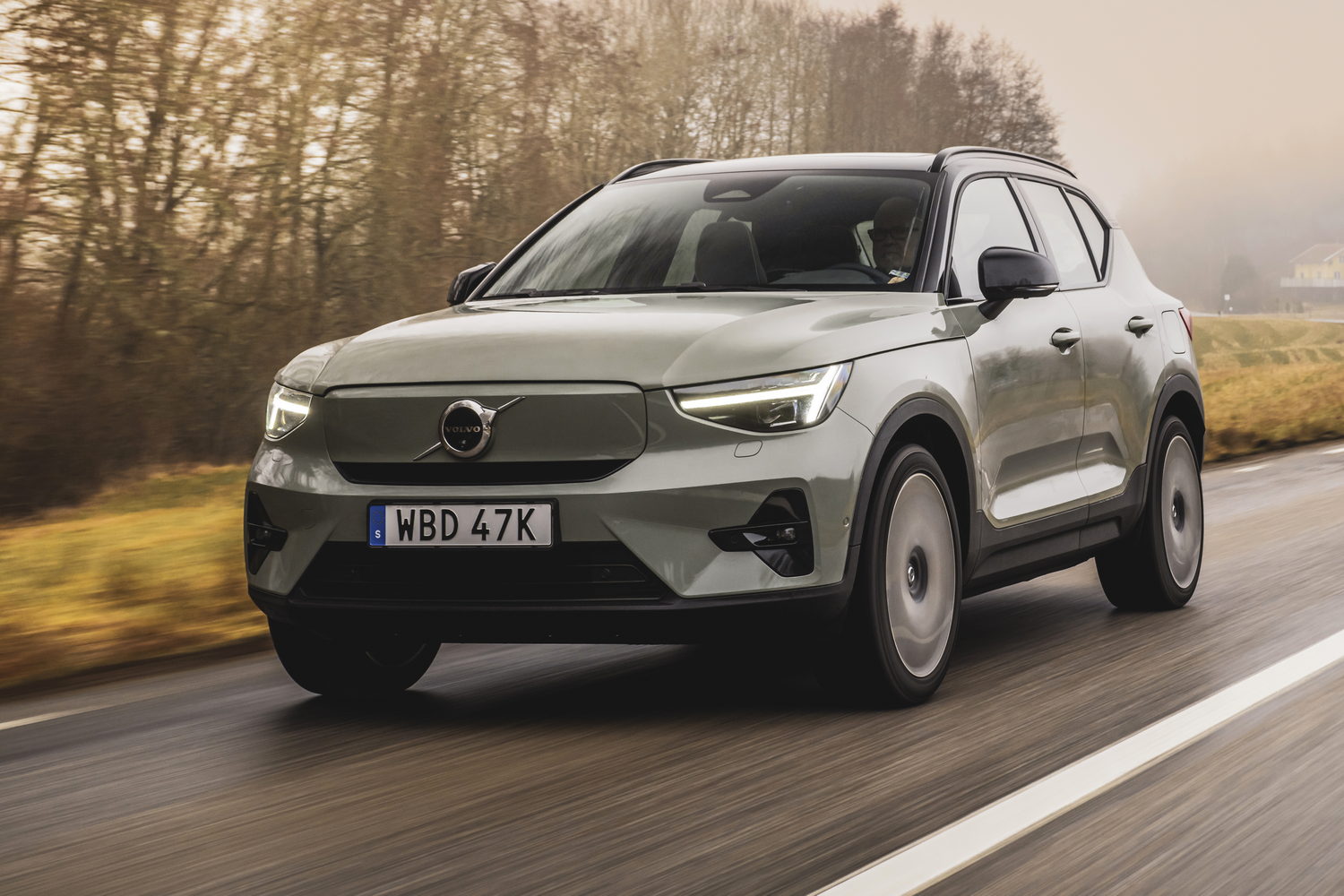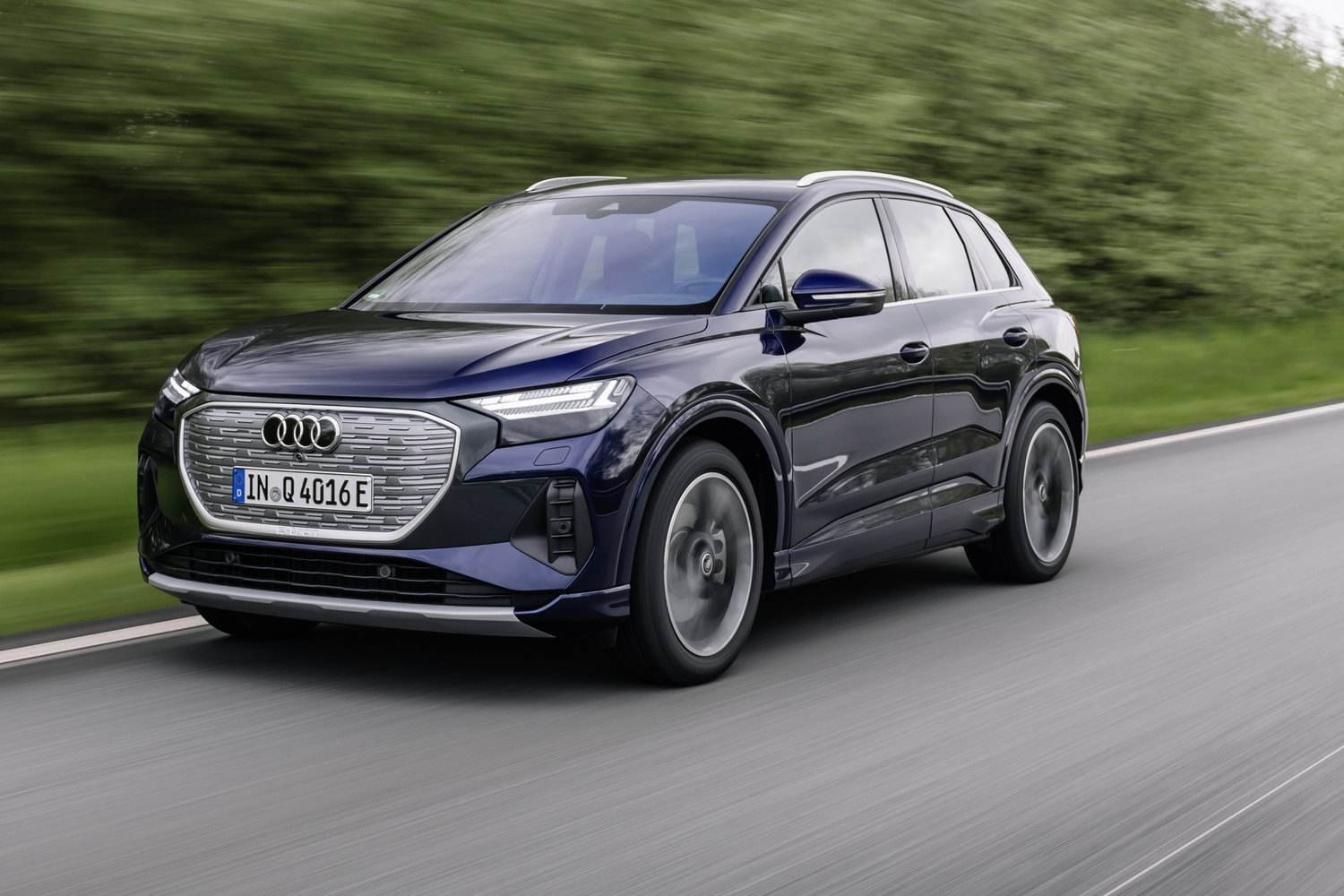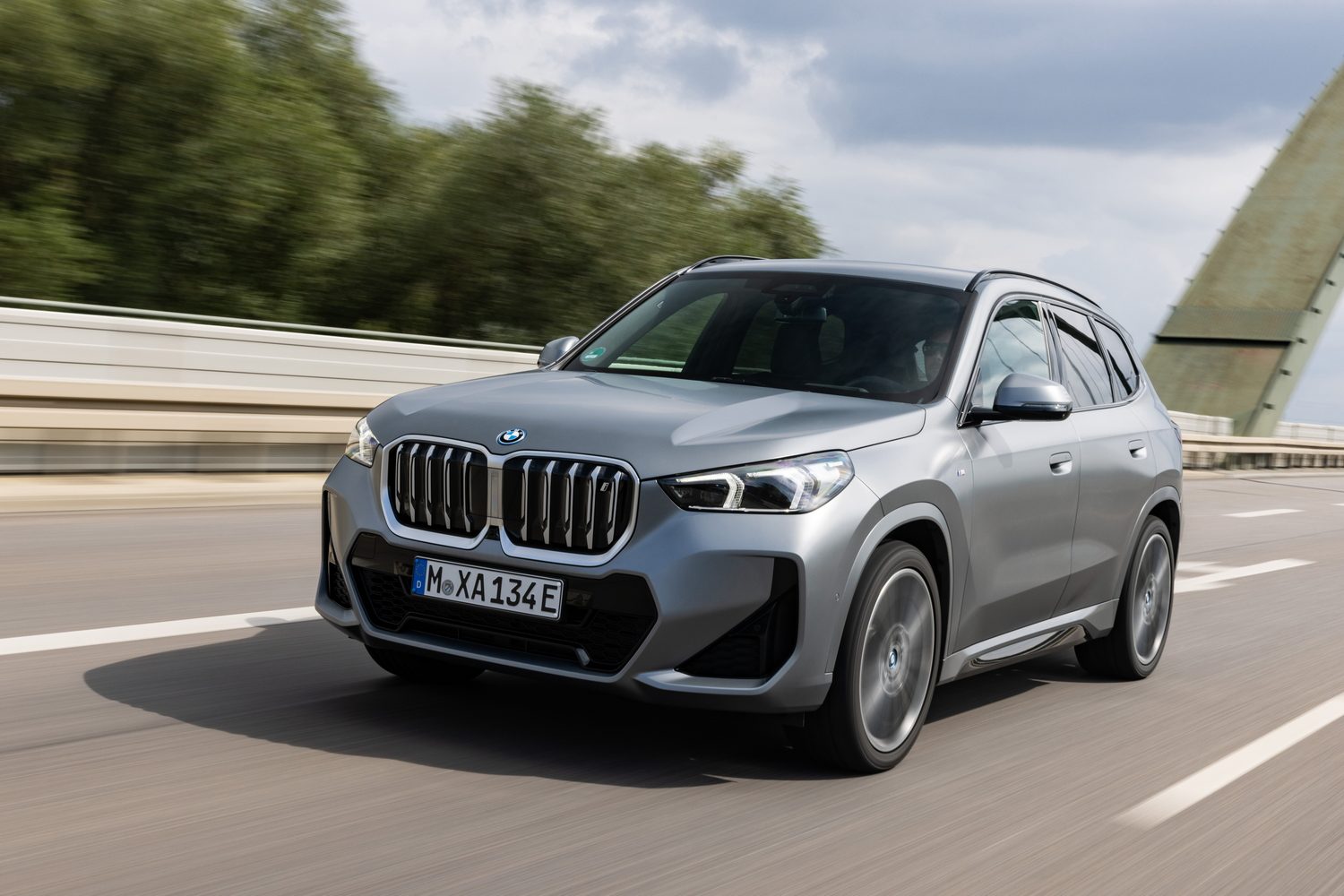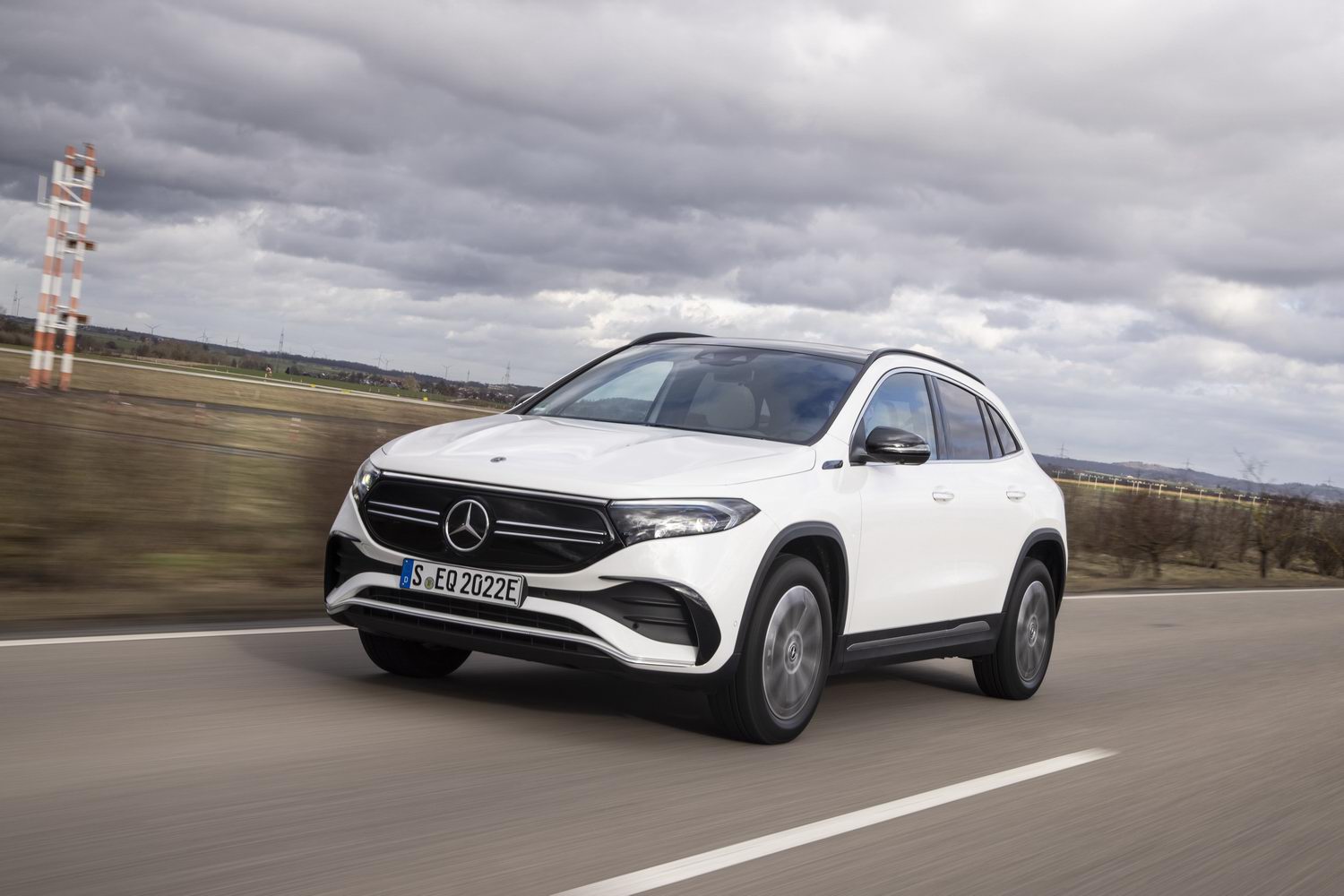Volvo's small but mighty approach to an update for its entry-level SUV - the XC40 - goes beyond its 'Thor's Hammer' headlight design. Packed into the floor of the revised-for-2024 model is a larger capacity battery that gives drivers a longer range and is capable of increased peak DC charging rates.
In the metal
The Volvo XC40 Recharge's design remains one of the more distinctive and recognisable in its segment. It's the most practical compact Volvo SUV, with a more upright appearance contrasting with the sloping roofline of the C40. Having started life with various powertrain options, the XC40 now comes exclusively as an electric vehicle under the Recharge name.
Only true Volvo aficionados will be able to spot the differences for this 2024 model year update to the XC40. The exterior sheet metal is unchanged, but a new colour called Cloud Blue joins the palette. Volvo continues to use contrasting black for the roof and pillars. A new 19-inch alloy wheel design contributes to the car's improved efficiency, too.
There's a similar look and feel throughout the interior of Volvo's range, with sensible layouts that neatly integrate growing digitalisation. In front of the driver is a 12.3-inch digital instrument screen coupled with a head-up display projecting onto the windscreen. A 9.0-inch portrait touchscreen runs the infotainment that includes built-in Google Maps. Running Google within the system provides real-time traffic information and it can show how much battery charge you will have remaining when you reach your inputted destination - extremely useful when planning trips and charging stops.
Various upholstery options can be specified, including a tailored wool blend made from sustainably sourced materials with a lovely look and feel. Other features available include heated seats, a heated steering wheel, a Harman Kardon sound system and a 360-degree camera system.
The most relevant aspect of the 2024 model year XC40 is the increased battery energy density, which was implemented without physically altering the exterior dimensions - so there's no reduction to cabin space. The five per cent increase in energy density gives the Volvo a nominal capacity of 82kWh. Peak DC charging speeds also receive a performance bump rising to 205kW (from 150kW). That translates into the ability to recharge from 10 to 80 per cent in 28 minutes, thus reducing the time stopped during longer journeys.
Driving it
Performance of the Volvo XC40 Recharge Twin is mostly unchanged; with a hefty 408hp it is more than sufficient for a car of this size. Whether a car in this sector requires a 408hp power output is debatable. There's a new electric motor for the rear axle, which actually reduces peak torque by 40Nm in comparison to the previous model. Not that you'll notice the difference, as the XC40 will still accelerate very quickly when asked. From a standing start, this 2,110kg Volvo can reach 100km/h in only 4.7 seconds, which seems counterintuitive to Volvo's commendable ongoing commitment to safety. More practically, the dual-motor layout gives the XC40 a braked towing capacity of up to 1,800kg.
Where this 2024 Volvo XC40 differs from its predecessors is not so much in how it drives but how far it drives. The new battery design bumps up the WLTP driving range to 538 kilometres in the case of this dual-motor model. That translates into a very usable year-round range figure and, during our time with the car, it used 16.8kWh/100km over a mixed route that included some motorway driving.
The motorway is one of the places where Volvo's assisted driving functions work best, combining adaptive cruise control with lane keeping to take the strain out of longer journeys. It's a smart system that has a more natural driving behaviour with the added benefit of recuperating energy when the need to slow down arises. While such a system isn't designed to drive for you, it does a thorough and consistent job of detecting and monitoring the surrounding traffic and acting accordingly to maintain safe distances from other vehicles.
Comfort is also one of the XC40's good traits, with wonderfully supportive front seats and a highly adjustable driving position. Road noise on this test was a touch higher than we'd have liked, due to the car being equipped with all-season tyres. That aside, the Volvo provides its occupants with a comfortable and refined ride. It feels composed on the road and very surefooted, an aspect that is aided by much of the car's mass being placed down low around the axle line. Having a dual-motor setup also means that it can better distribute power to each wheel according to conditions on the ground.
What you get for your money
Volvo is a premium brand these days, reflected in the XC40's pricing that starts at €61,715. It undercuts the BMW iX1 but costs more than the Audi Q4 e-tron, although Volvo's dual-motor version is more affordable than Audi's. Two specification grades are available - Plus and Ultimate. The latter costs €4,195 more. Standard equipment includes Pilot Assist, Google Assistant with Maps and Play Store for four years, a heat pump, a heated steering wheel, 19-inch alloy wheels and an electrically operated tailgate.
With the upgrade to Ultimate spec comes interior illumination, a panoramic glass roof and Harman Kardon Premium Sound. In other markets, Volvo offers a smaller, 69kWh battery, trading some range for a more affordable price.
Summary
The small increase to the Volvo XC40 Recharge Twin's battery size - and hence range - is welcome and ensures that it sits high in its segment. A well-built interior, that's roomy and available with some very tasteful materials adds to its appeal. On more practical levels, the XC40's driver assistance systems are excellent, and its safety record also adds further appeal.


































